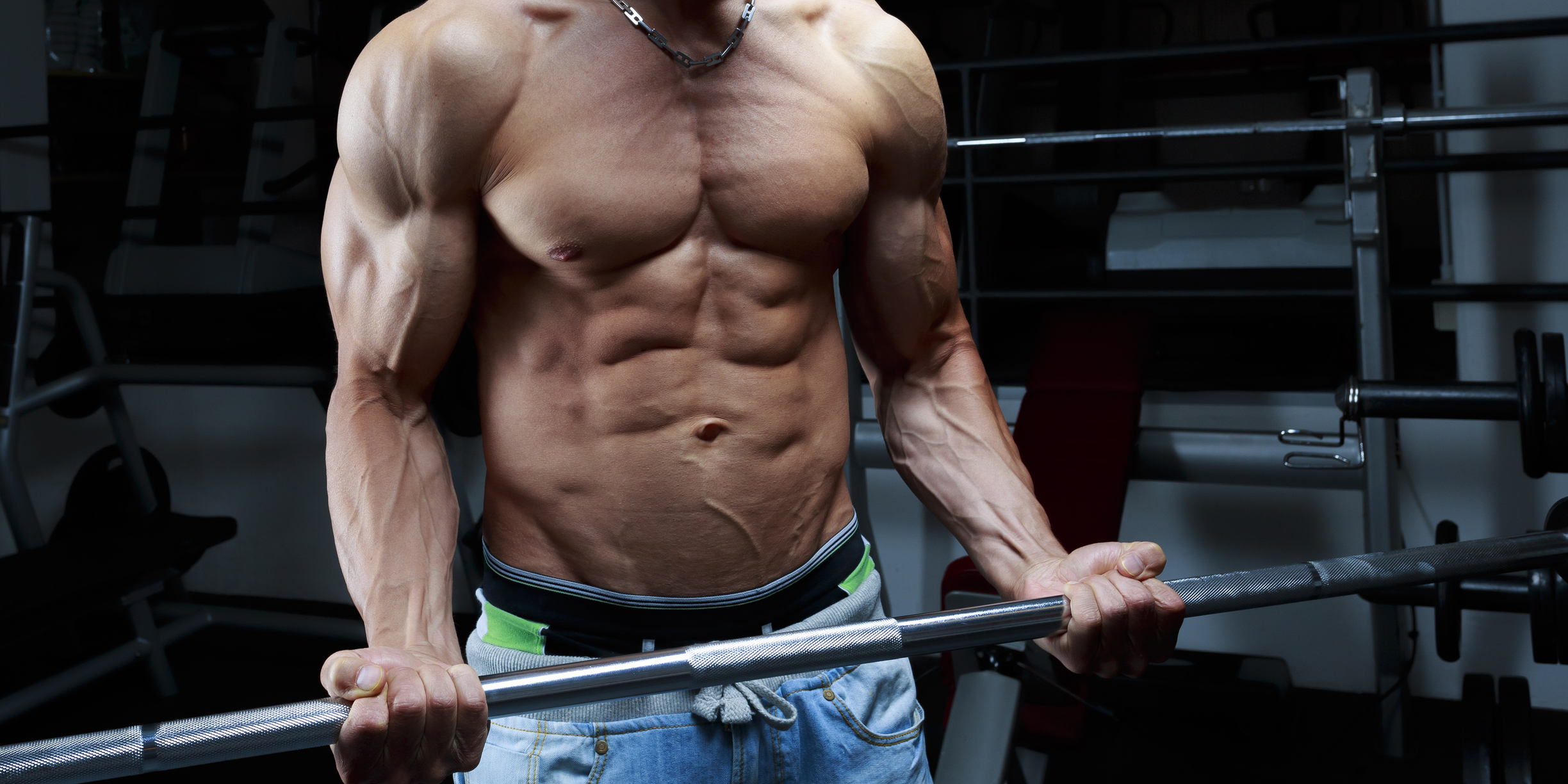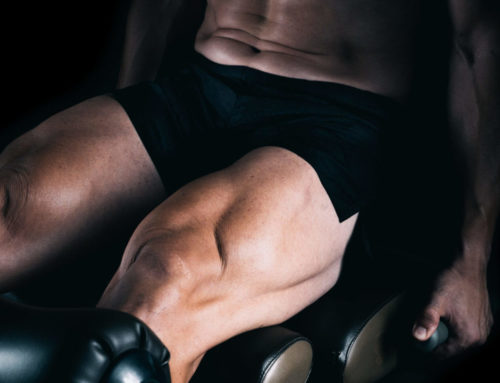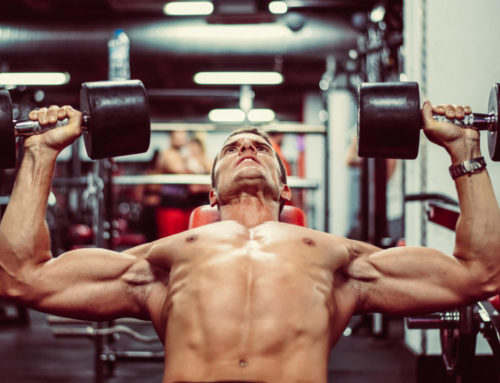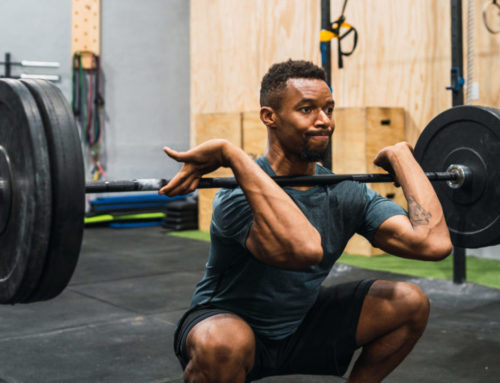The sheer lunacy of Takeshi’s Castle and vending machines that sell used underwear and live lobsters (thankfully, not in the same unit) are clear indications Japan is, well a very different place. So, it makes sense that they also build their muscles in an equally unique way.
The Japanese bulk-building system called Kaatsu training gets you to reduce the blood flow to your working muscles by strapping them up then performing your repetitions. It’s also known as occlusion training and research in The Japanese Journal of Physiology found this system increased the muscle cross-section of the knees extensors by up to 10% and built significantly more strength than low intensity (20% of your 1RM) training.
Obviously, you’d never normally train at such low intensities but this where Kaatsu has gone head-to-head against normal training and can prove to be particularly useful if you’re injured or only have access to light weights when you’re sweating in an ill-equipped hotel gym while on holiday.
Of course, when you’re strapped up you do still have to pump out reps, which do have an effect in themselves. But from a physiological standpoint this technique’s biggest selling point is that it gives your supplies of growth hormone (GH) a serious hike. A single bout of occlusion training can increase your stores of the muscle-building, growth hormone by 290% for 15 minutes after exercise, found a study in the Journal of Applied Physiology. The participants used weights that were 20% of their 1RM and did five sets of 14 reps. The study authors suggest it might recruit more muscle fibers than those lifters who didn’t restrict the blood flow to their muscles.
But, before you reach for the Velcro, consider that research in the Journal of Strength & Conditioning Research found that even suspension training – such as TRX workouts – can make your growth hormone levels spike by 600% so you can expect an even bigger GH spike when you’re shifting weights that are close to your maximums. But how does training with such light weights while your muscles are strapped, bump up your GH levels? After all, a 290% and 10% increase in GH and muscle cross-section respectively are still nothing to sniff at. Well, part of the reason your muscles grow when you’re lifting is that when they become overloaded, they’re starved of nutrients and oxygen. They counteract this starvation by getting bigger because the additional size shuttles more nutrients to the muscles you’ve just worked.
If you suspect giving your biceps this treatment could leave them hanging in the ER, rest easy because it’s perfectly safe. A study in the International Journal of KAATSU Training Research examined the results of over 12,500 people who have use this method of training and concluded there were no ill effects and that it is perfectly safe even for people with various kinds of physical conditions.
So, if you’re looking for something a little different, then it may never rival underhand pull-ups for biceps growth but a little strapping could be well worth trying to bust through a muscle or strength-gaining plateau.
This article originally featured in TRAIN issue 89. You can get a free subscription by clicking here.







